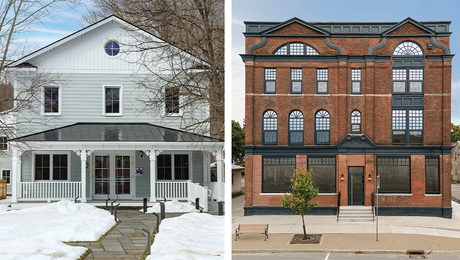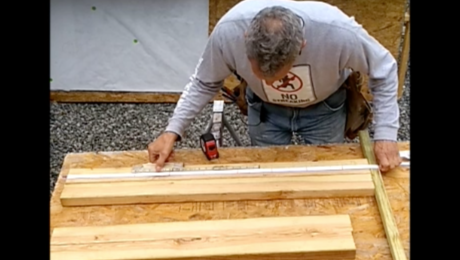Built-in cabinet/bookshelf system in a basement
I am building a mahogany built-in cabinet/bookshelf system for some friends of mine.
The built-ins will be in the basement, and set on a naked concrete slab. I went with off the shelf RTA cabinets for the base portion of the main built in, and will be custom building the upper shelves on top of that. On the adjacent wall (90 degrees from the end of the big cabinet/shelf system), I am building a low bookcase (30in tall) from the floor up. These cases will be built on a slab that is 3 years old, in an area where slabs must be floated due to expansive soil problems. The slab is a bit wavy – 16 ft long, largest difference from my high point is 1/2″, most spots are within 1/4″ of the high point. I spoke with a friend who is a structural engineer, and he says that the slab won’t move more than a 1/2″ up or down at this point, and it won’t change in its wavy profile materially, if at all.
I have a few quick questions for our resident experts.
1 – Leveling and moisture – Since this slab is floating, I am not supposed to tie into the walls* as I would do with setting base cabinets in a kitchen. I am not sure if I should scribe some pressure treated for the front and back edges of the cabinets to get a sturdy and level base, or go with floor leveling cement or just go with shims. Any thoughts? Also, can cabinet plywood be in direct contact with concrete in a basement, or should I make sure it is all resting either on cedar shims or pressure treated?
2- Since I cannot really tie into the back wall, should I tie into the floor like it is an island in a kitchen?
Any thoughts or advice?
Thanks in advance!
* – I will be attaching the case to the wall, but only to ensure it doesn’t tip over and it will likely be some sort of flexible strap to accomodate for potential rise and fall in the slab.



















Replies
basement bookcase
How is the wall fixed? Is it hanging or attached to the floor? Is the wall firmly fixed enough so it will resist if the cabinets happen to pull out? If the floor moves that much, I would fix the cabinet to the wall with screws in the slot that allows the screws to move. Look in the hardware section of HD or Lowes or in the catalogue for something you can use to make the slot look better and you can use brass screws, or screws and slot may be concealed. I would also attach all cabinets so they will move as one.
Another issue is that plywood can pick up mold if not protected. Both water base paint and urethane seem to give good protection but I would dehumidify that basement. Also I would not rest the plywood directly on the slab. The contact point would become good place for mold and damage. Instead of PT base or shim, screw-adjustable cabinet legs would give good separation. I see them a lot in Ikea type kitchen cabinets. Good luck.